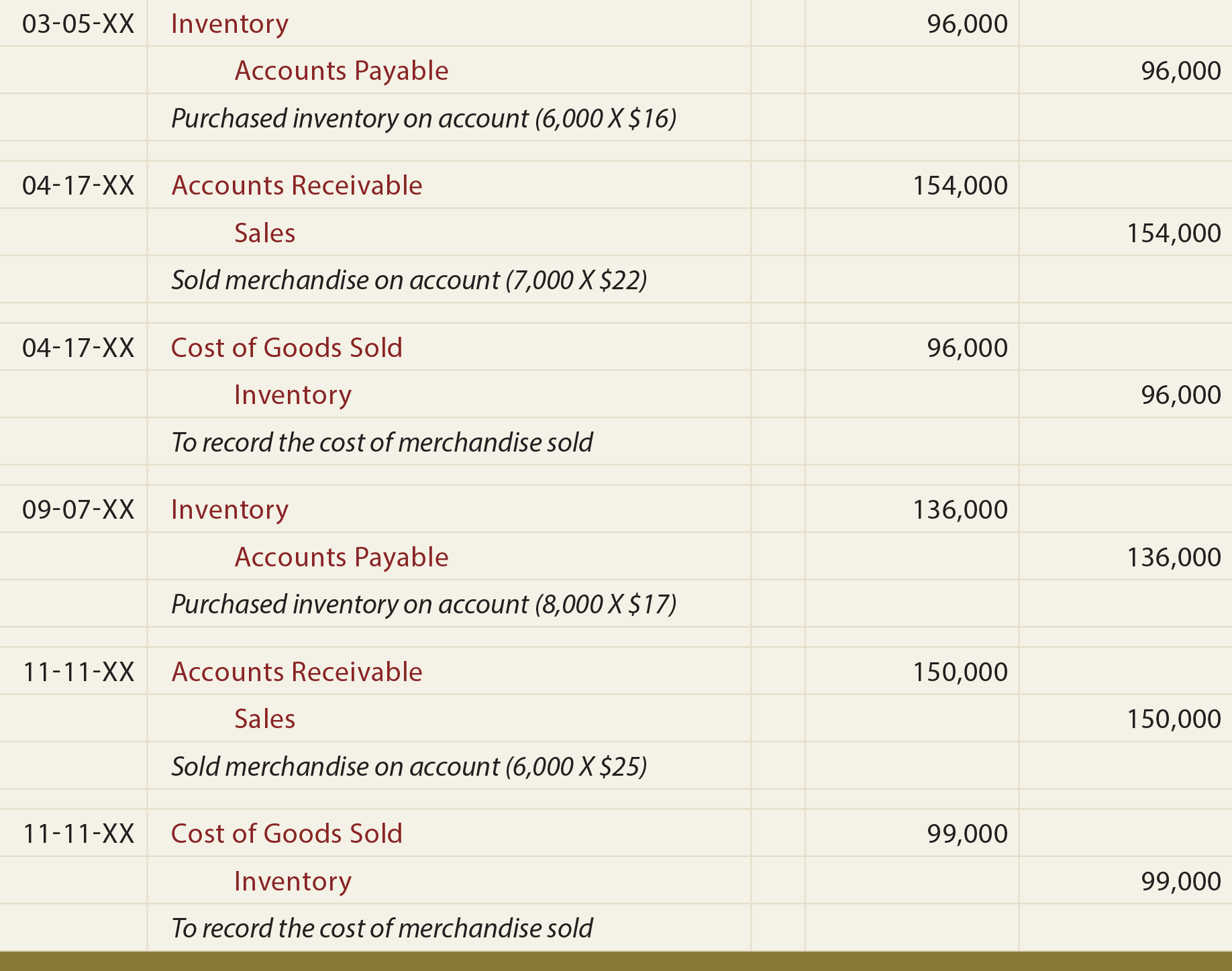Keeping records is key to maintaining the financial health and well-being of any business or household. Using a cash book is a great way to help manage and account for cash-related transactions, including receipts and payments. These records can be transferred to a general ledger and used to update records and/or file year-end taxes.
Create a Free Account and Ask Any Financial Question
At the close of business today, you are ready to review your day’s business and make the appropriate entries in your accounting records. In accounting, journals are used to record similar activities and to keep transactions organized. Because you have already received the cash at the point of sale, you can record it in your books. Again, you must record a debit in your cash receipts journal and a credit in your sales journal. The cash receipt journal has many advantages about its use within regular business accounting methods.
Post Posting Checks
Whenever a company receives cash for any reason, the journal entry is recorded in the cash receipts journal. To keep your books accurate, you need to have a cash receipts procedure in place. Your cash receipts process will help you organize your total cash receipts, avoid accounting errors, and ensure you record transactions correctly. For simplicity, the single cash ledger book diagram below shows only one side of the cashbook, in this case the left hand, receipts side (debit).
How To Account for Cash Receipts
When a retailer/wholesaler sells goods to a customer, and it collects cash, this transaction is recorded in the cash receipts journal. In our example, the only other credit column featured in the cash receipts journal is for all other accounts. It is set up in the same way that the other column on the debit side is, except that the account title area is replaced by a “Ref.” column. As the example shows, a typical cash receipts journal consists of many columns. This is necessary because there are numerous transactions that lead to the receipt of cash. Again, for simplicity, the two column cashbook ledger diagram below shows only one side of the cashbook, in this case the left hand receipts side (debit).
Second, the inventory has to be removed from the inventory account and the cost of the inventory needs to be recorded. So a typical sales journal entry debits the accounts receivable account cash receipt journal entry for the sale price and credits revenue account for the sales price. You record cash receipts when your business receives cash from an external source, such as a customer, investor, or bank.
- Other debit columns may be used if the firm routinely engages in a particular transaction.
- SequentiallyAccount-wiseDebit and CreditColumnsSidesNarrationMustNot necessary.BalancingNeed not to be balanced.Must be balanced.
- Using a cash book is a great way to help manage and account for cash-related transactions, including receipts and payments.
There is only one real disadvantage of using the cash receipts journal. And that is that it only takes into consideration the cash basis of accounting. The cash receipts diary also contains information on any additional loans that a person has taken out from banks or other financial institutions. Tax refunds for direct and indirect taxes, any fee or commission collected, or the maturity of an investment or insurance policy. The cash receipts journal is used to track transactions where a shop or wholesaler sells products to a customer and receives payment in cash.
When a retailer sells merchandise to a customer and it collects cash, this transaction is recorded in the cash receipts journal. In some cases, you might receive a check or cash payment from a customer later on. In these cases, you will need to make a separate cash received journal entry to record this information. You must also track how these payments impact customer invoices and store credit.
In fact, you have a few customers who come in several times a week to buy books or toys from your store. You allow those customers to keep a running tab, and they pay you once a month. These two journal entries are generally booked simultaneously, as one action (selling an item to a customer) drives the need to book both of them.
Generally most cash receipts are from credit sale customers, and the subsidiary ledger updated is the accounts receivable ledger. As can be seen in the above example, 550 is posted to the ledger account of customer A and 350 to customer C. When posting to the accounts receivable ledger, a reference to the relevant page of the receipts journal would be included. The business can use the additional column to operate as a discounts journal. This columns records details of discounts allowed on the cash receipts side of the cashbook and discounts received on the cash payments side of the cashbook. Cost of goods sold is debited for the price the company paid for the inventory and the inventory account is credited for the same price.
A cash receipts journal provides an easy and organized way to record all the cash receipts during the period. Therefore, it allows a quicker and accurate way to prepare the cash ledger and a cash flow statement for the business for an accounting period. Credit sales are not recorded in this accounting journal because there isn’t any cash collected in those credit sales transactions.
Typically cash receipt journals are used by corporations to record the money they have collected. These transactions include cash transactions, acquiring funds through a loan, payments through customer accounts or sale of assets. The sales journal is used to record all of the company sales on credit. Notice that only credit sales of inventory and merchandise items are recorded in the sales journal. When a customer purchases inventory on credit, the sale isn’t directly recorded in the cash receipts journal because no cash has actually been collected. Instead, the accounts receivable account is debited and the sales account is credited.


